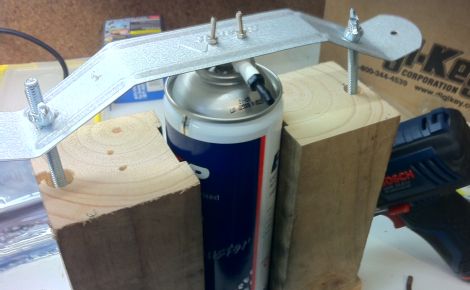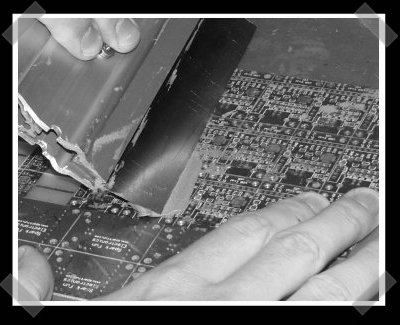
[John] got a shiny new solder paste dispenser for a steal, and before he hooked up the tool, he decided to take a look inside to make sure everything was on the up and up. Aside from a few questionable wiring practices he didn’t approve of, everything else looked to be in good working order.
The only thing that was bothering [John] is that he wasn’t too keen on keeping his noisy and large air compressor in his workshop, so he set off to find a different way to provide compressed air to the device. He settled on air dusters like those used for cleaning the crumbs out of your keyboard, but he needed to find a way to reliably get the air to his solder dispenser. He heated the air can’s nozzle until he was able to screw his dispenser’s hose barb into it, creating a tight seal. The modified nozzle was reattached to the can and placed in a simple jig that keeps the nozzle held down continuously.
[John] fired up his dispenser, and the 80 psi coming from the duster was plenty to get the solder paste flowing. Sure the rig might not be the most high tech solution, but we think it’s a pretty good means of getting quiet compressed air anywhere you need it.














